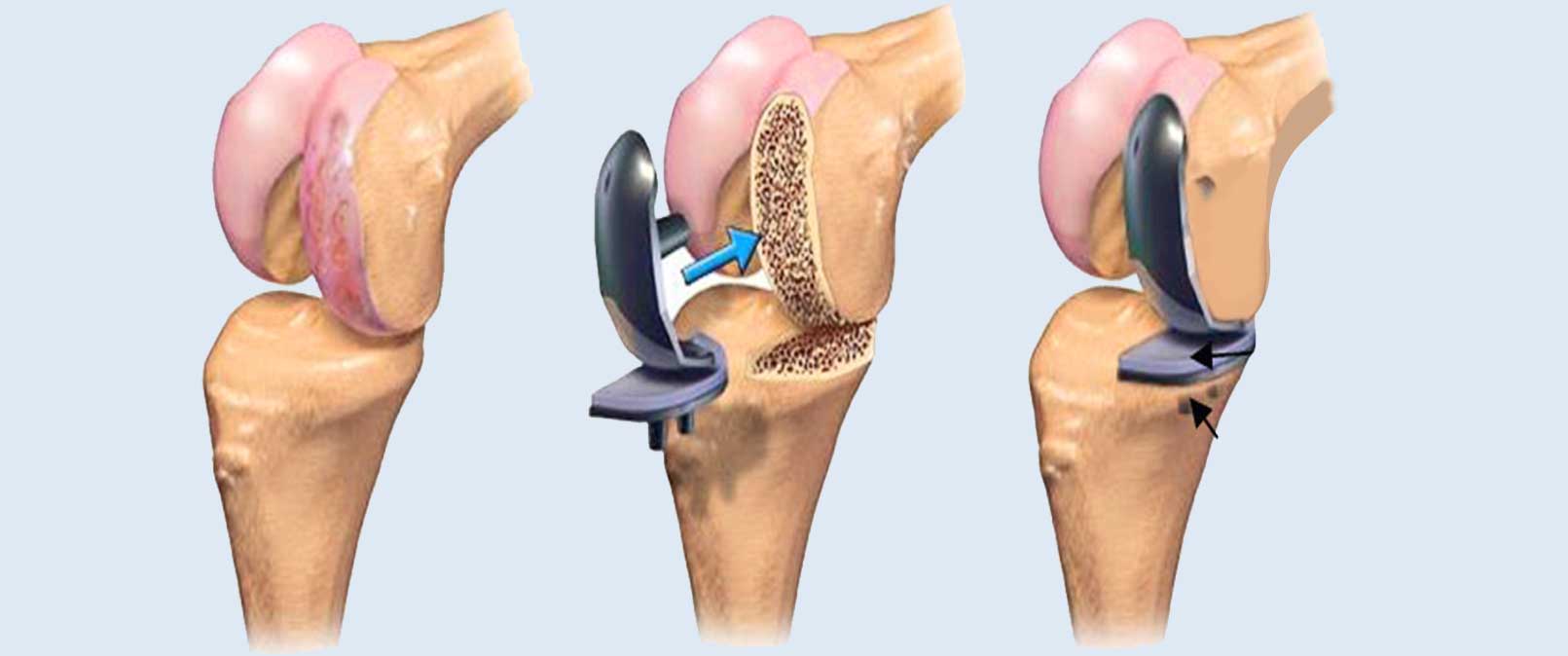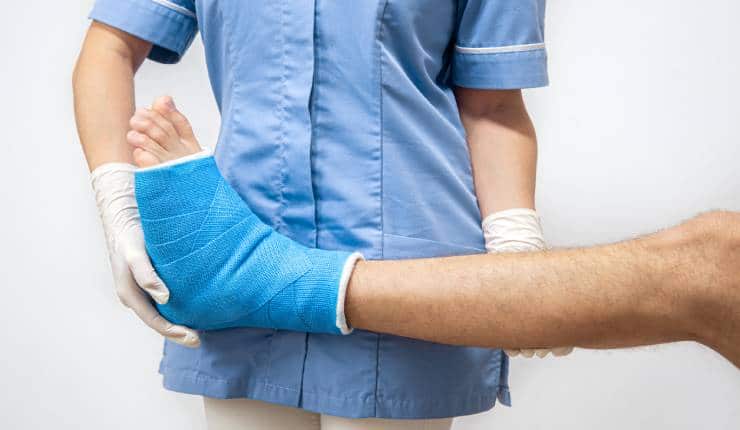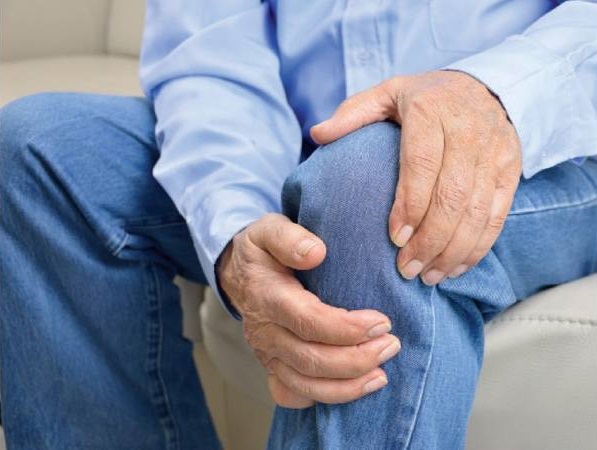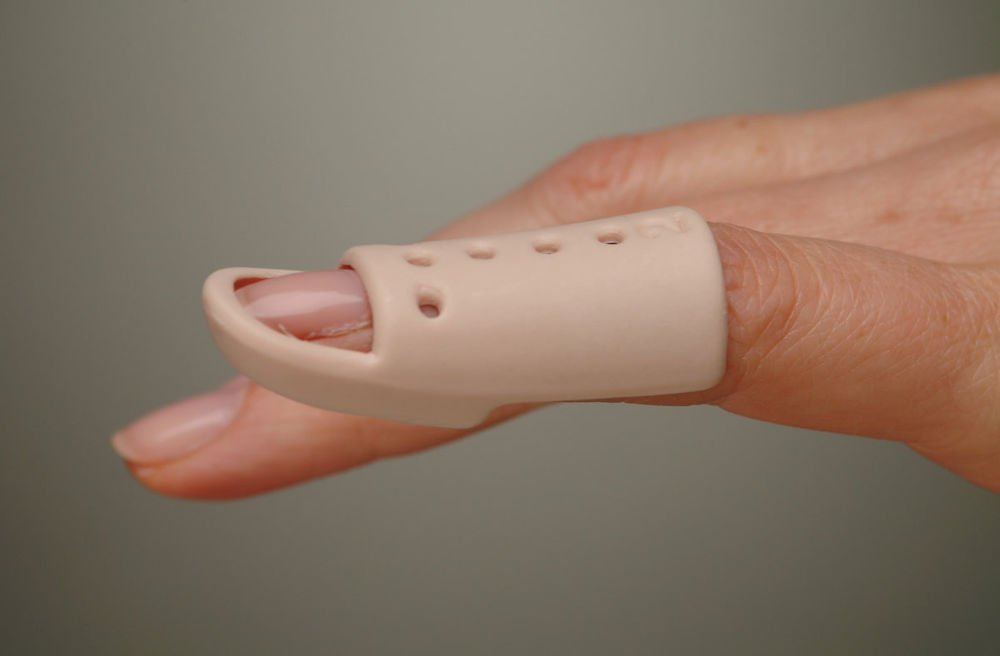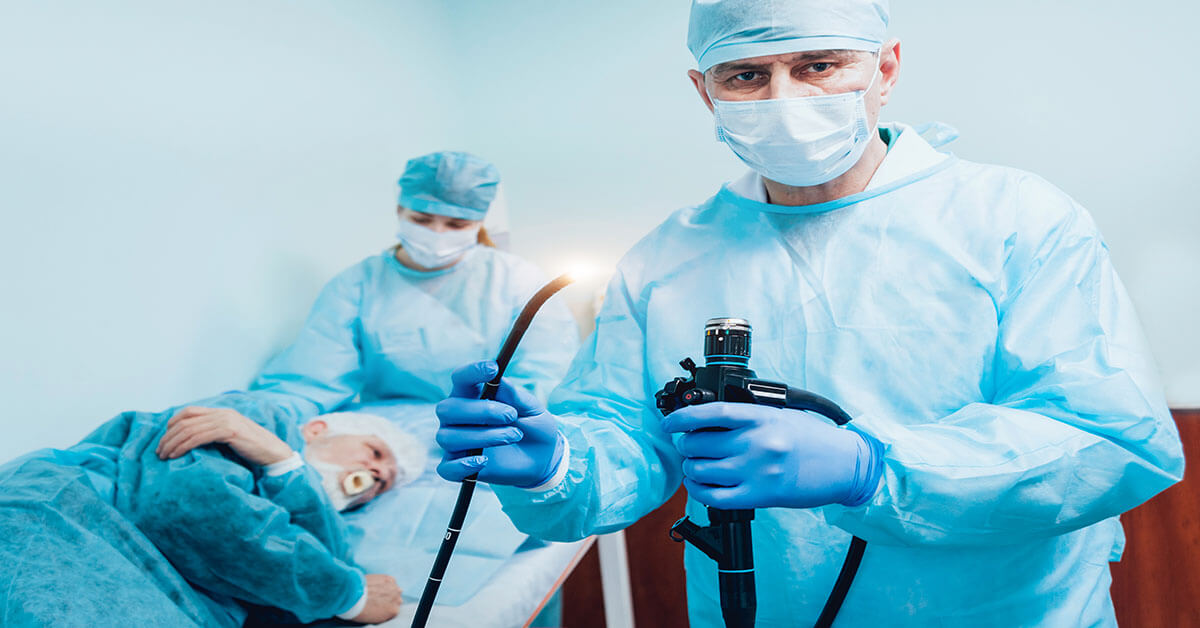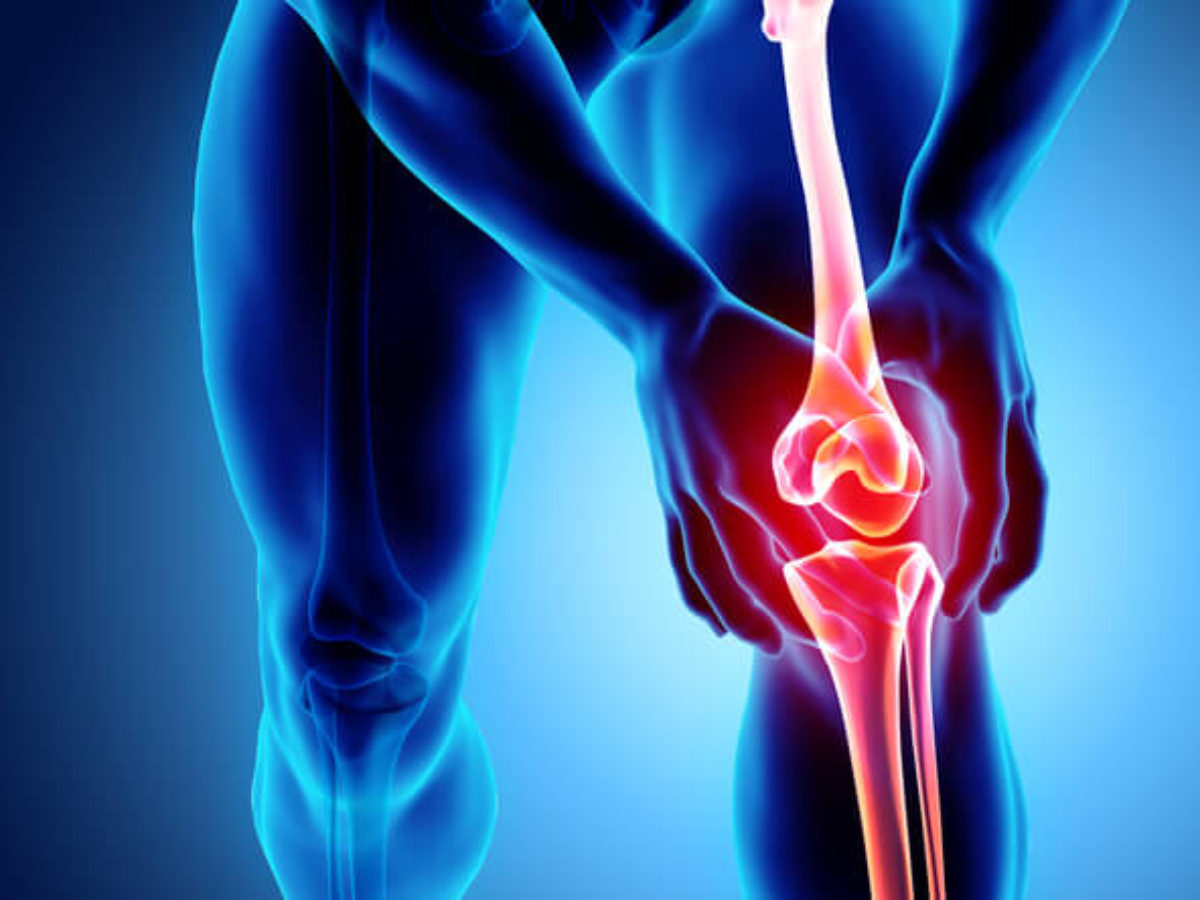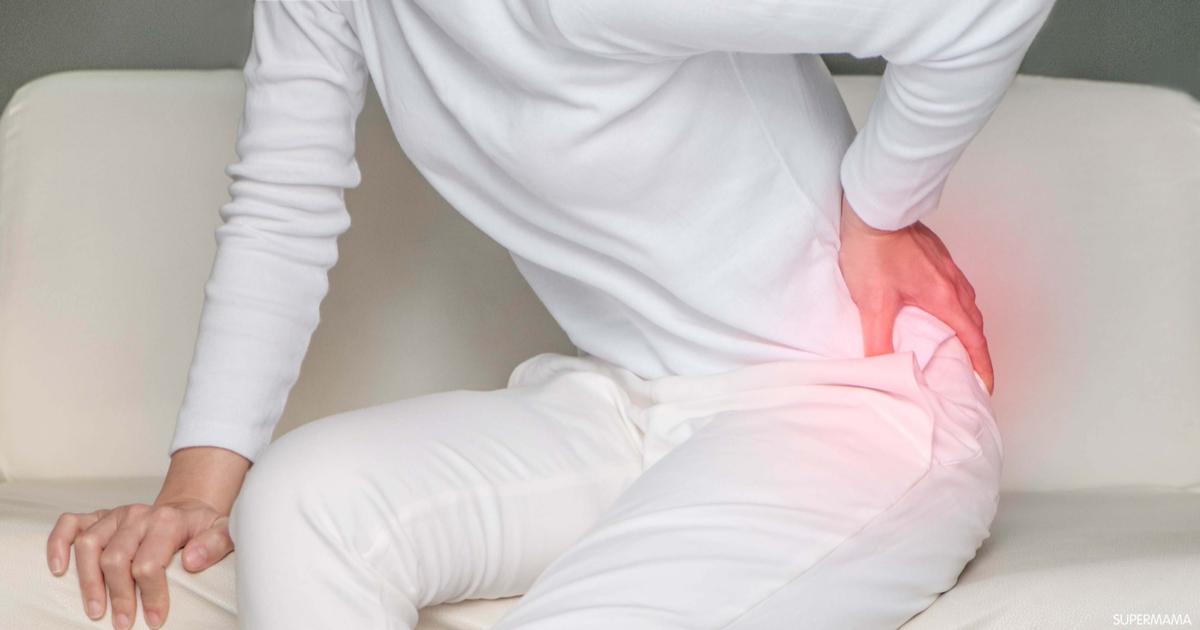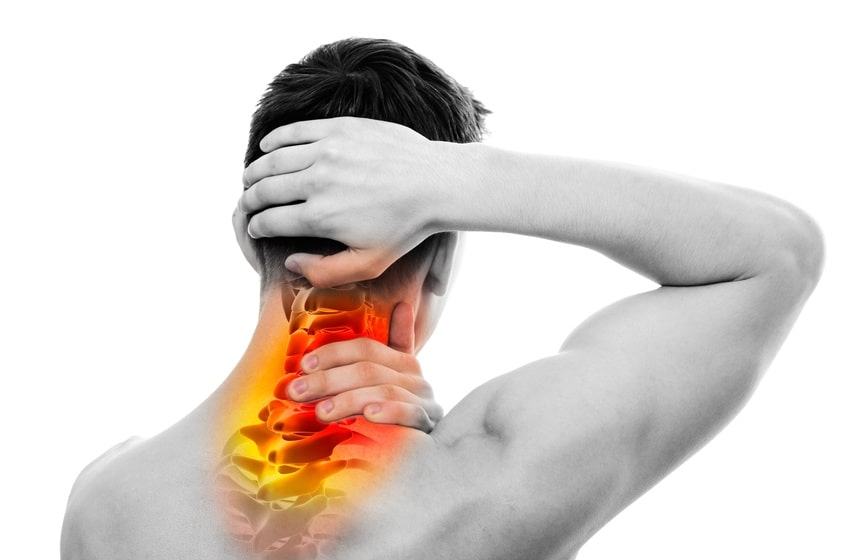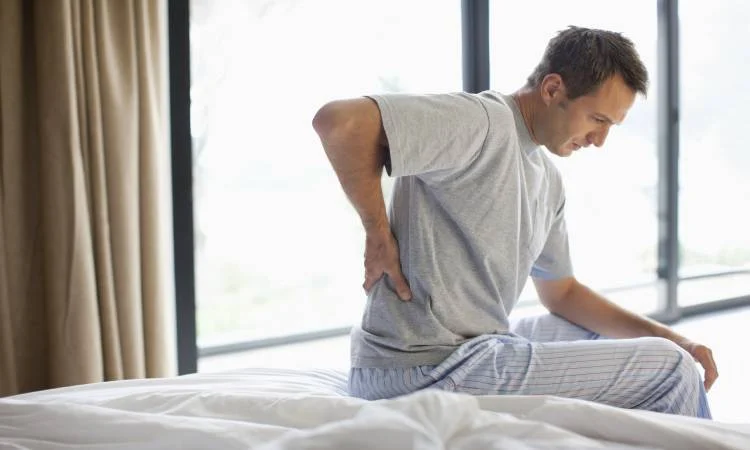Cartilage Degeneration in the Knee: Causes and Solutions
Knee Osteoarthritis, in this article, we will explore the depth of knee osteoarthritis, including its causes, risk factors, and symptoms that may appear, as well as the available diagnostic methods to determine the condition. We will also discuss the various treatment options that can help manage the pain and improve knee function.
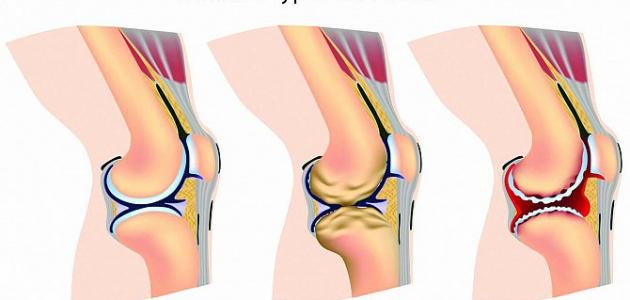
Knee Osteoarthritis
Knee osteoarthritis is a common condition that people suffer from as they age and use the joint continuously. The resulting wear and tear is inevitable, but can be delayed through proper medical care and treatment. Knee osteoarthritis can be treated in various ways, such as physical therapy and exercise, as well as the use of oils.
The pain management specialty has been successful in treating knee osteoarthritis and relieving the associated pain using advanced techniques. The focus is on developing ways to treat patients in the shortest possible time. Knee osteoarthritis occurs when the cartilage begins to wear away due to advanced age or other causes, making the joint more rough, and this is an unavoidable occurrence. Knee osteoarthritis is one of the most prevalent health problems and is accompanied by arthritis in the elderly.
What is Knee Osteoarthritis
Knee osteoarthritis is a chronic condition that affects the knee joint, causing difficulty in movement and gradually leading to the breakdown of cartilage and surrounding tissues. Excess weight and previous knee injuries are factors that contribute to the damage and the joint’s tendency to be used.
Knee osteoarthritis can also arise from autoimmune diseases or due to acute pain that gradually increases in the joint. This condition is characterized by pain, especially in the morning or after sitting for a long period, and the symptoms worsen with joint movement and activities that put additional pressure on it, such as climbing stairs or carrying heavy objects.
Although knee osteoarthritis cannot be completely avoided, its progression can be delayed through proper medical care. Heat or ice can be used to relieve the swelling and pain associated with the condition.
Safety and quality in the treatment of knee osteoarthritis come with Dr. Amr Amal.
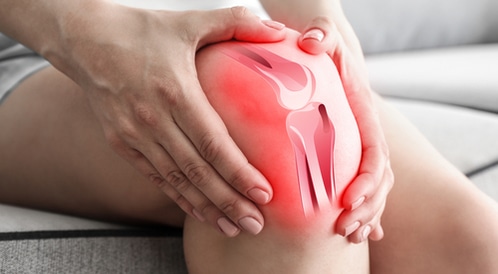
Causes of Knee Osteoarthritis
Knee osteoarthritis is a condition that causes wear and tear of the cartilage covering the joint, leading to difficulty in joint movement and severe pain. Knee osteoarthritis can occur due to aging or other factors, and in this article, we will discuss the potential causes of its occurrence.
- Gradual Wear and Tear of Cartilage:
- The cartilage protecting the joint wears away with age and continuous use of the joint.
- The wear and tear leads to direct contact and further erosion of the joint, causing pain and difficulty in movement.
- Genetic Factors:
- There may be a genetic factor that makes some people more susceptible to joint osteoarthritis.
- If you have family members who suffer from joint osteoarthritis, you may also have a genetic predisposition to it.
- Injuries and Stress:
- Sports injuries or accidents involving the knee can cause damage to the cartilage and contribute to the development of knee osteoarthritis.
- High-impact exercises and constant pressure on the joint can increase the risk of knee osteoarthritis.
- Obesity and Excess Weight:
- Obesity may be the primary factor in the occurrence of joint osteoarthritis, especially in the knee joint.
- The extra pressure on the joint due to excess weight causes the cartilage to wear away faster and increases the likelihood of developing knee osteoarthritis.
- Inflammatory Diseases:
- Some autoimmune diseases, such as rheumatoid arthritis, may increase the risk of developing knee osteoarthritis.
- These autoimmune diseases affect the joint cartilage and contribute to its deterioration and wear.
Discover the difference with Dr. Amr Amal in the treatment of knee osteoarthritis.
Symptoms of Knee Osteoarthritis
The symptoms of knee osteoarthritis usually develop gradually, and it may initially affect only one joint or multiple joints. Here are some of the most prominent symptoms that may indicate knee osteoarthritis:
- Pain: Pain is one of the most prominent symptoms associated with knee osteoarthritis. The pain can be severe or mild, intermittent or constant, and it tends to worsen during movement and activities that put additional strain on the joint.
- Crackling Sound: You may notice a sharp or clicking sound in the joint during movement, which is commonly known as “crepitus” and can be an indication of cartilage wear in the joint.
- Swelling and Inflammation: Knee osteoarthritis can be accompanied by swelling and inflammation in the affected joint. The swelling occurs due to joint inflammation and increased production of joint fluid.
- Limited Range of Motion: Knee osteoarthritis can restrict the movement of the joint, and individuals may experience difficulty in bending, extending, climbing, and descending stairs.
- Stiffness: Individuals with knee osteoarthritis may experience joint stiffness and difficulty in moving the joint, which can be due to the formation of bony growths (osteophytes) within the joint.
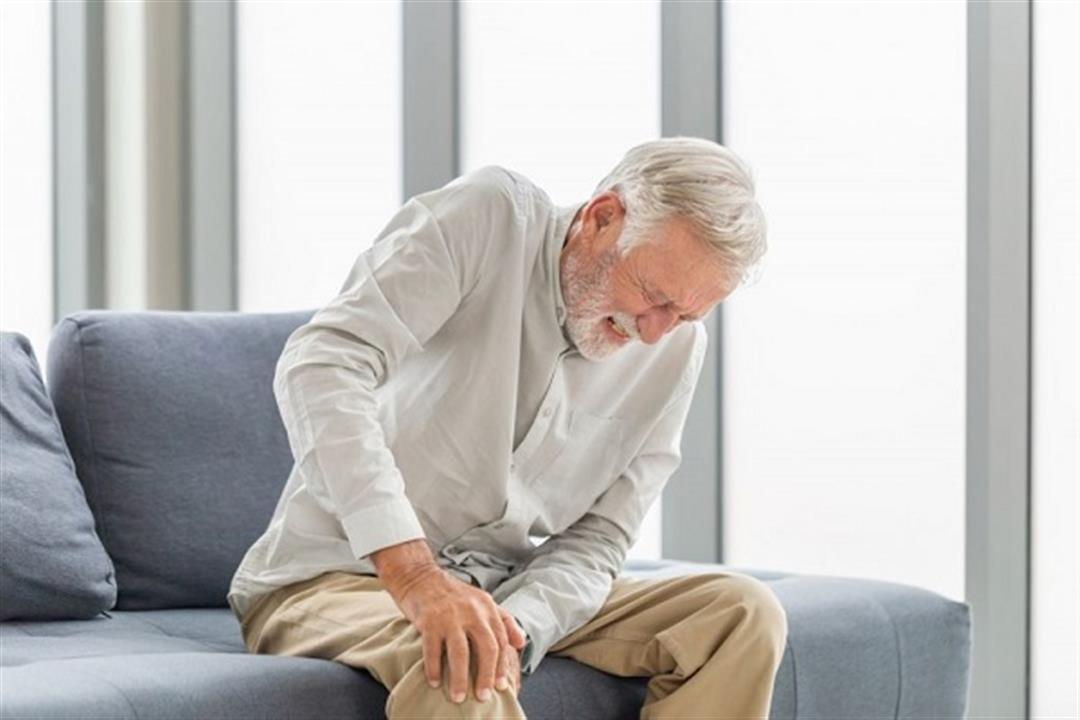
How is Knee Osteoarthritis Diagnosed?
Diagnosing knee osteoarthritis requires consultation with a specialist physician, and it is usually done through the following examinations and tests:
- Physical Examination: The doctor will perform an initial examination of the affected knee and review the patient’s medical history to identify the symptoms and contributing factors.
- Magnetic Resonance Imaging (MRI): MRI is considered one of the important methods for diagnosing knee osteoarthritis, as it helps determine the extent of cartilage wear and confirm the presence of any bony growths.
- X-ray Imaging: X-ray imaging can help diagnose knee osteoarthritis and determine the degree of joint space narrowing. X-ray imaging can also show bony growths and structural changes in the joint.
Dr. Amr Amal strives to provide the best services for knee osteoarthritis.
Treatment of Knee Osteoarthritis
The treatment of knee osteoarthritis depends on the severity of the symptoms and the progression of the disease, and may include the following:
- Lifestyle Changes: One of the essential aspects of alleviating knee osteoarthritis is to make lifestyle changes, such as maintaining a healthy weight and engaging in regular exercise under medical supervision.
- Physical Therapy: Physical therapy can help strengthen the muscles around the knee and improve joint mobility. It includes exercises to strengthen the muscles and improve flexibility, as well as joint massage.
- Medications: Doctors may prescribe certain medications to relieve pain and reduce inflammation, including over-the-counter pain relievers, non-steroidal anti-inflammatory drugs, and corticosteroid injections into the joint.
- Surgery: In cases where other treatments are ineffective, surgery may be an option for treating knee osteoarthritis, which can include removing the damaged parts of the cartilage or bone and replacing them with artificial materials or placing a prosthetic joint.

Medications Related to Knee Osteoarthritis
- Corticosteroid Injections:
- Corticosteroid injections are used in the knee joint to reduce the symptoms of arthritis and alleviate pain.
- A small amount of corticosteroids is injected directly into the affected joint to improve mobility and reduce swelling and pain.
- These injections should be performed by qualified physicians and under medical supervision.
- Dorofen (Dorofen):
- This is a drug containing glucosamine.
- Glucosamine has structural and compensatory properties for cartilage.
- It also contains Ginkgo Biloba, which enhances blood circulation and helps improve joint health.
- Physical Therapy and Exercise:
- Knee osteoarthritis can be treated through physical therapy and appropriate exercise.
- Physical therapy works to improve strength, flexibility, and metabolism in the affected joint.
- Specialized exercises can help strengthen the muscles around the knee and improve the joint’s range of motion.
- Glucosamine and Chondroitin Sulfate Supplements:
- These substances are naturally produced by the body within the cartilage to support and strengthen it.
- Glucosamine and chondroitin sulfate supplements can be used as a complementary treatment for knee osteoarthritis.
- These supplements are taken orally, and it is important to consult a doctor before starting to take them.
Dr. Amr Amal provides specialized treatment for knee osteoarthritis.
How Can I Get Rid of Knee Osteoarthritis?
Effective ways to get rid of knee osteoarthritis
- Use of Heat or Ice:
- Applying heat or ice to the affected knee area can help reduce swelling and alleviate pain.
- Heat is preferred to stimulate blood flow and improve mobility, while ice is used to reduce swelling and soothe the area.
- Weight Loss:
- Individuals who are overweight experience additional pressure on their knees.
- By reducing weight, the pressure on the knee can be reduced, leading to an improvement in the condition and a decrease in pain.
- Exercise:
- Engaging in low-impact exercises can help strengthen the muscles around the knee and improve joint mobility.
- Activities such as walking, swimming, and cycling are suitable for individuals with knee osteoarthritis.
- Use of Braces and Crutches:
- Crutches or braces can be used to provide the necessary support for the affected knee and reduce the pressure on it.
- These assistive devices can help improve joint mobility and reduce discomfort and pain.
- Home Remedies:
- Honey and lavender oil can be used as home remedies for knee osteoarthritis.
- Making a honey syrup with cinnamon and drinking it daily can soothe inflammation and pain.
- Mixing honey with lavender oil and gently massaging the knee can also help improve its condition.
- Medical Consultation:
- Some cases of knee osteoarthritis may require medical treatment.
- Corticosteroid injections into the joint, non-steroidal anti-inflammatory medications, and topical anti-inflammatory sprays may be necessary in certain cases.
- Physical Therapies:
- Some physical therapies, such as hydrotherapy, movement therapy, and physical measures, can help reduce pain and improve the condition of the joint.
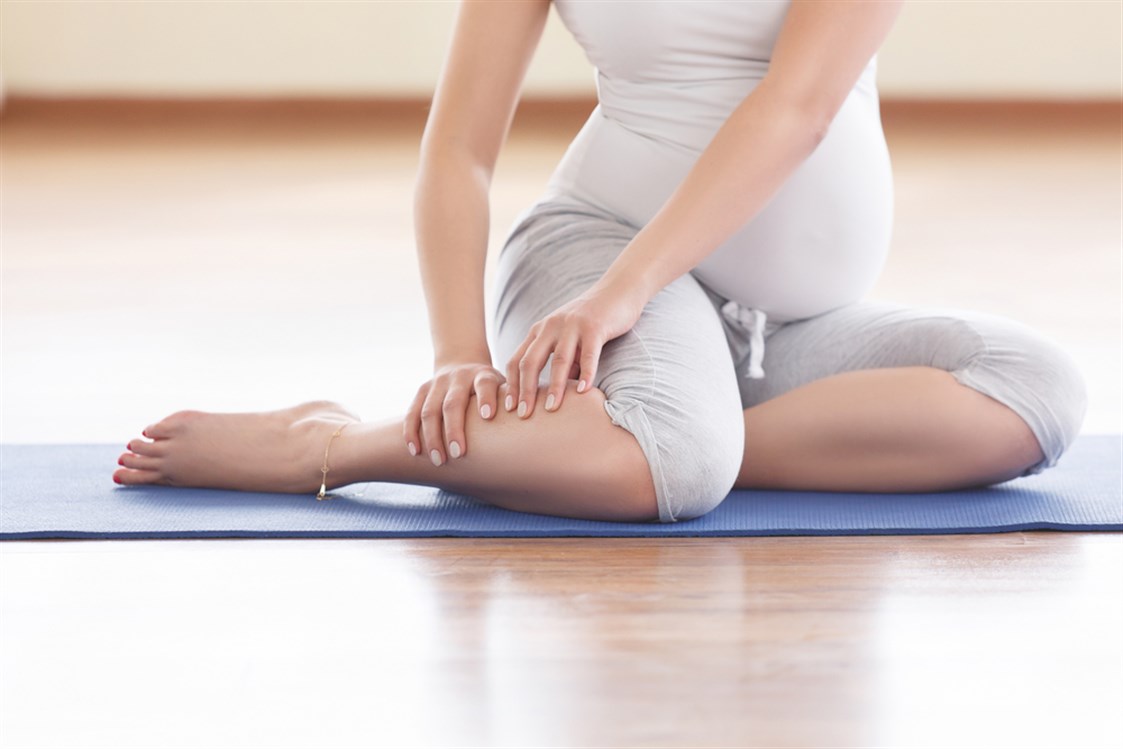
How Do I Know If I Have Knee Osteoarthritis?
Some symptoms that may indicate the presence of knee osteoarthritis.
-
- Knee Pain: This is the most common symptom of knee osteoarthritis, and the pain can vary in intensity and frequency. It may be mild or severe, and it usually worsens with movement or activities that put additional pressure on the joint, such as climbing stairs or carrying heavy objects.
- Tingling in the Feet: Patients may experience coldness in the feet or tingling in the knee or leg area due to impaired blood supply to the nerves in the affected area of knee degeneration.
- Joint Stiffness: Difficulty in fully bending the knee or starting to stand on the feet may occur due to cartilage damage in the joint and decreased lubricating oil in the joint.
- Swelling and Inflammation: Swelling and inflammation may indicate joint inflammation due to knee degeneration. In some cases, swelling may be pronounced and very painful, while in others, it may be mild, and swelling may also result from fluid transfer into the joint due to cartilage damage.
- Sharp Sound: You may experience bruising or a sharp sound or cracking when moving the knee, which occurs due to bone friction resulting from cartilage damage and can be painful and annoying.
A unique and distinctive experience in knee degeneration care awaits you at Dr. Amr Amal’s clinic.
Does Walking Treat Knee Degeneration?
Walking does not directly treat knee degeneration, but it is essential for patients with knee degeneration, and it is advisable to consult with a doctor before starting walking as it can be an effective guide to the best treatment and symptom relief strategies for degeneration.
A recent study has shown that walking has many benefits for patients with knee joint degeneration, as it helps strengthen the muscles surrounding the knee and improve their flexibility, leading to increased stability and reduced pain. Studies recommend regular walking for 20 to 35 minutes daily, avoiding overexertion and staying away from activities that increase knee pressure.
Walking also helps reduce swelling in the knee, as recent research indicates that it is an effective way to treat osteoarthritis in the knees. After a regular study of people aged 60 and over, the study found that practicing some light exercises that do not include knee pressure, such as swimming and walking, contributes to promoting knee health and strengthening bones.
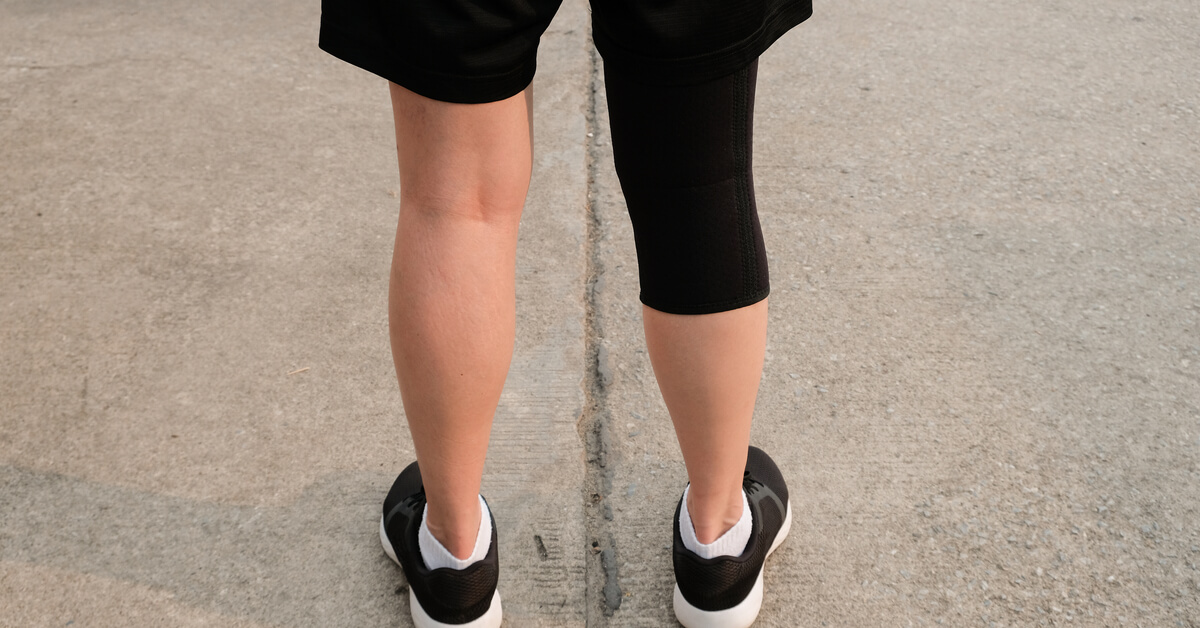
Can Knee Degeneration Be Treated Permanently?
Knee degeneration is a common health problem affecting many people of all ages, and due to its negative impact on quality of life, many wonder if this problem can be permanently treated.
The available treatment options vary depending on the severity of the condition, and in cases of advanced diseases, the patient may resort to total knee replacement surgery, which is one of the most successful surgical procedures in this field, and is prescribed after not responding to other treatments such as medications. In less severe cases, physical therapy may be effective in relieving joint pain and swelling, including exercises to strengthen the muscles surrounding the knee and maintaining ideal weight.
Although there are some factors that cannot be avoided, such as aging and genetic factors, paying attention to healthy habits and appropriate treatments can help reduce the effects of knee degeneration and improve quality of life. Therefore, patients suffering from this problem are advised to consult a specialist to accurately assess their condition and determine the best suitable treatment options for each case individually.
Knee degeneration care provides a distinctive solution with Dr. Amr Amal.
Best Doctor for Treating Knee Degeneration
Dr. Amr Amal is considered one of the best specialists in treating knee degeneration. Dr. Amr Amal is known for his extensive experience in orthopedic and joint surgery, making him the ideal choice for people suffering from knee degeneration problems.
Dr. Amr Amal currently works as a consultant at Burj Dar Al-Fuad Medical Center, where he provides effective and specialized treatment for his patients. Dr. Amr Amal’s expertise covers all shoulder problems from fractures to joint degeneration, and he is dedicated to providing comprehensive care to his patients.
Additionally, Dr. Amr Amal has a good reputation in the field of knee degeneration treatment, as his patients consider him one of the best doctors in Egypt for this specialty. Patient reviews indicate that Dr. Amr Amal is eloquent in dealing with patients and carefully listens to explain their condition.
Moreover, Dr. Amr Amal diagnoses and prescribes all suitable treatments for patients, emphasizing personalized and specialized care. If you suffer from knee degeneration and are looking for the best specialist in this field in Egypt, Dr. Amr Amal is the ideal choice.

